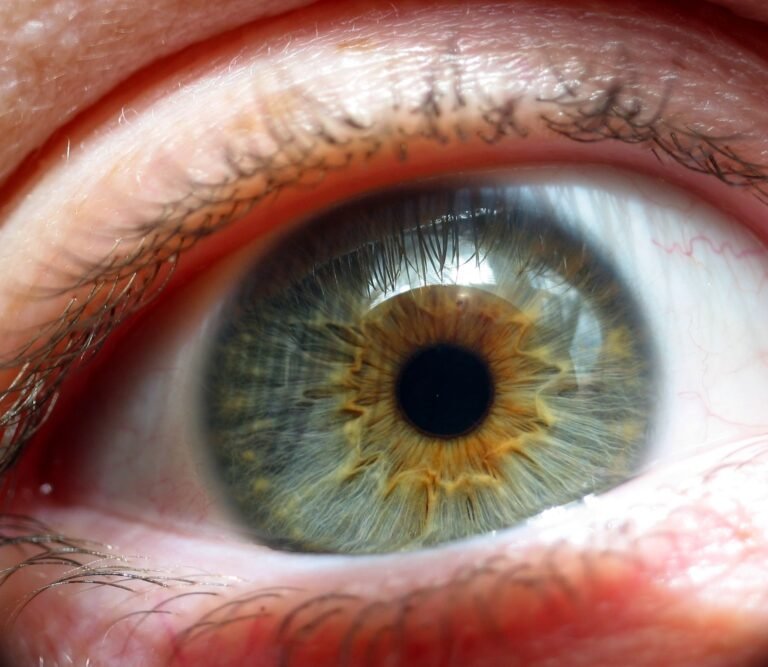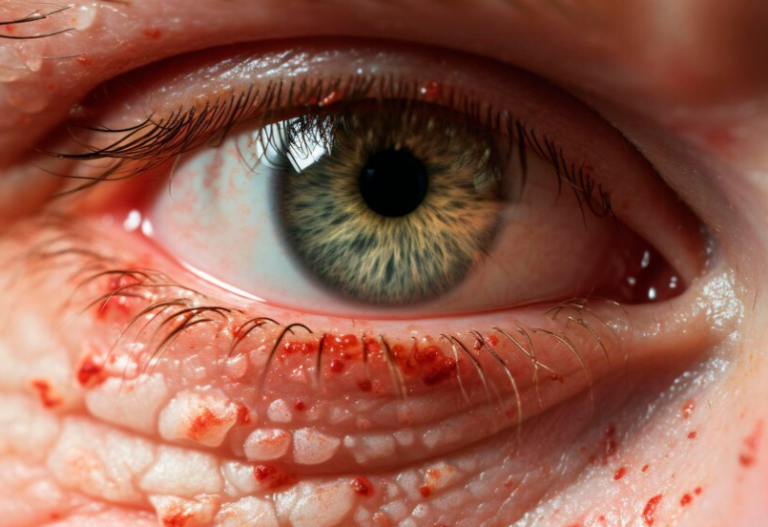The Impact of screentime on Children’s Eyes
In today’s digital age, children spend more time than ever glued to screens, from tablets and smartphones to computers and TVs. This increased screen time can impact their well-being, particularly the health of their eyes. Research indicates that children as young as six months old engage with digital devices, with teenagers spending nearly 7 hours daily on various screen-based activities. This doesn’t even account for additional screen time spent on schoolwork.
The consequences of prolonged screen exposure can manifest in various ways, affecting children’s eyes and overall vision health. Some common issues include eye fatigue, blurry vision, and dry eyes. Parents must know these potential problems and proactively protect their children’s eyes.
The Importance of Screen Breaks
One of the reasons for these eye-related issues is the lack of breaks during extended screen use. Staring at a screen for prolonged periods can lead to eye strain, headaches, and other discomforts. Here are some key reasons why screen breaks are crucial:
- Eye Fatigue: The muscles around the eyes can become tired from continuous screen use, leading to concentration difficulties and headaches.
- Blurry Vision: Extended focus on a screen can cause the eye’s focusing system to spasm, resulting in temporary blurred vision when looking away.
- Dry Eyes: Reduced blinking using digital devices can lead to dry and irritated eyes. Computer use, in particular, can be challenging due to the higher positioning of screens, leading to faster evaporation of the tear film.
- Neck and Shoulder Strain: Prolonged screen time often involves poor posture, leading to neck and shoulder discomfort. Taking breaks allows for stretching and relaxation, reducing strain on these areas.
- Improved Concentration: Regular breaks from screens can enhance overall concentration and productivity. Short pauses provide a mental reset, helping children stay focused and engaged when they return to their tasks.
What Parents Can Do
To safeguard their children’s eyes, parents can implement the following strategies:
- Limit Screen Time: Set reasonable time limits for digital device use, including smartphones, tablets, and computers.
- Take Frequent Breaks: Remind children to follow the 20/20/20 rule—look away from the screen every 20 minutes and focus on an object 20 feet away for at least 20 seconds. Additionally, take a 10-minute break every hour.
- Encourage Blinking: Increased blinking can alleviate dry eyes. Pediatricians may recommend moisturizing eye drops or a room humidifier for persistent dryness.
- Optimize Screen Positioning: Position screens slightly below eye level to reduce strain. Follow the 1/2/10 rule for mobile phones, desktops, and TVs. Adjust font size for comfortable reading.
- Consider Lighting: Adequate lighting can reduce glare and eye fatigue. Position screens away from direct light sources and decrease screen brightness. Special glasses or coatings may be beneficial.
- Regular Vision Screenings: Schedule routine eye exams with a pediatrician or ophthalmologist to detect and address any vision issues early.
Do Blue-Light Filtering Glasses Help?
While blue-light filtering glasses are popular, there is no conclusive evidence that blue light harms the eyes. However, these glasses can reduce eye strain and may be beneficial, especially for children with extended screen time. You can avoid buying extra stuff by doing simple things like taking breaks with the 20-20-20 rule and not using screens too close to bedtime. These actions can help prevent problems with your eyes and sleep without spending more money.
Conclusion
Parents must prioritize their children’s eye health in a world dominated by digital screens. By being vigilant about screen time, encouraging breaks, and implementing simple yet effective practices, parents can help prevent eye-related issues in their children. Regular communication with pediatricians and optometrists ensures that emerging problems are addressed promptly, fostering healthy vision development. Ultimately, a balanced approach to screen usage, combined with outdoor play and regular eye care, lays the foundation for a lifetime of optimal eye health.











